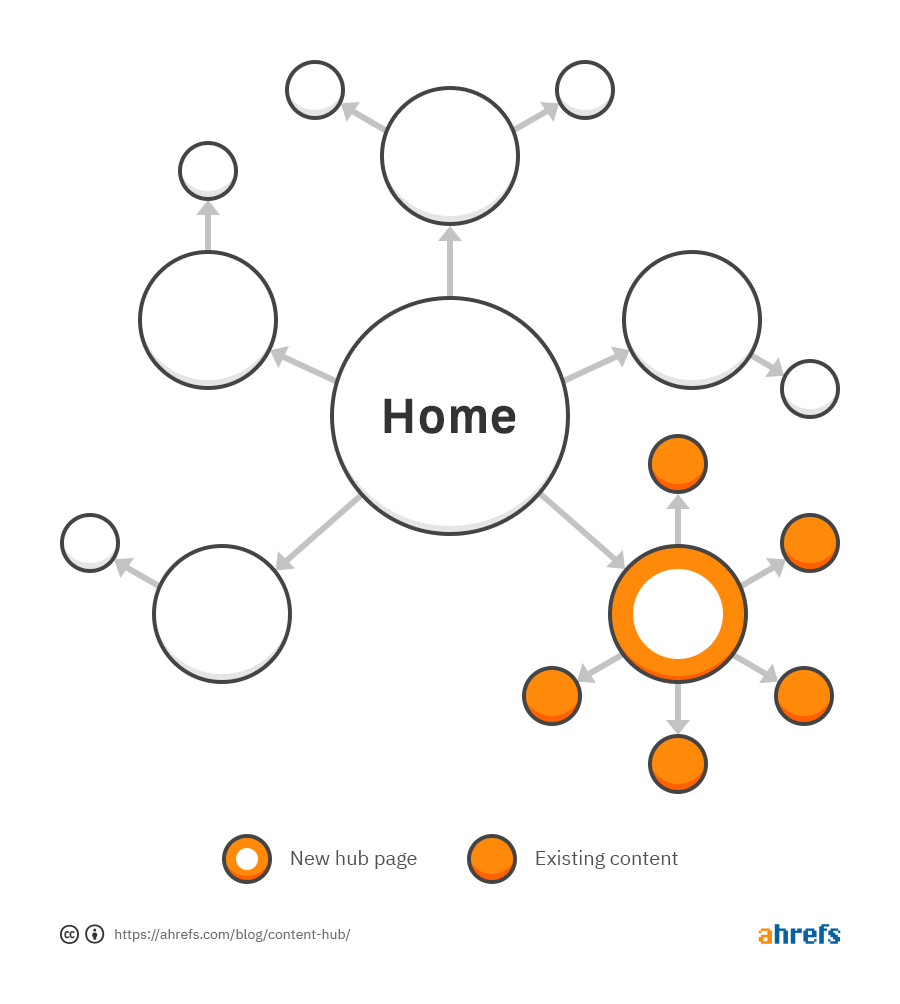Pillar Page
What is a Pillar Page?
In SEO, a pillar page is the main page dedicated to a specific topic, targeting the most popular keyword within a topic cluster. It provides a comprehensive overview of the topic and incorporates links to more specific pages that focus on subtopics. These interconnected pages form content hubs or content clusters.
Why are pillar pages important?
Pillar pages should be well thought out, planned, and beautifully designed. Visually appealing pillar pages can be easier to promote and help to attract backlinks naturally. They also make more complex topics easily digestible for users and easier to understand.
Pillar pages help increase the topical authority
Pillar pages can signal expertise and authority on a topic by providing in-depth information on a particular subject. Therefore, they can help to build trust with users and search engines and assist in building your website’s EEAT.
They help to organize the internal links
Internal linking is essential for SEO, but building internal backlinks can be challenging. Pillar pages serve as a hub that you can easily create links to and also as a page that you can use to build links to your other pages, as seen in the example below:

These content hubs also help organize your website content and give your users and search engines a better idea of your content architecture. They can also help with crawling, indexing, and user experience.
They make your website easier to navigate
Creating helpful content for your users should be a top priority. This is especially true with Google’s latest helpful content update. On that page, Google links to its long-standing recommendations for more guidance on creating helpful content. This page asks essential questions such as:
- Are the pages produced with great care and attention to detail vs. less attention to detail?
- Does the page provide substantial value when compared to other pages in search results?
- Does this article provide a complete or comprehensive description of the topic?
Considering the questions above, a well-designed pillar page should be created with great care and attention to detail. They also provide substantial value for users by improving site navigation and providing a comprehensive topic breakdown.